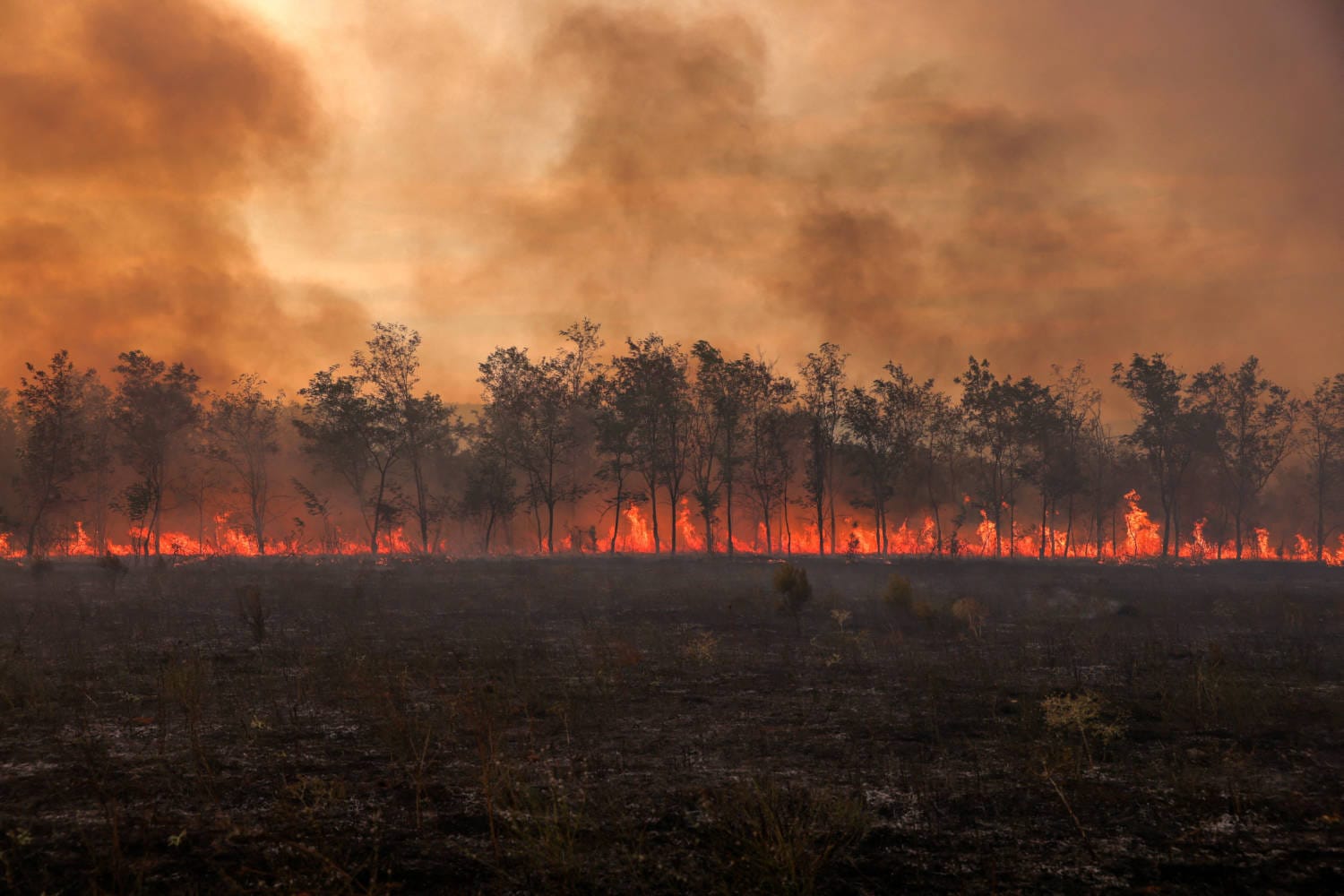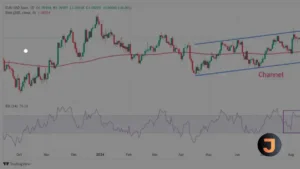Europe’s Wildfire Season Hits Alarming Highs
Europe has faced one of its most challenging wildfire seasons this century, as detailed in a sobering European Commission report. The continent saw over half a million hectares laid to waste by rampant wildfires, a stark reminder of the escalating threat posed by climate change.
The report, titled “Forest Fires in Europe, Middle East and North Africa 2023,” was released by the Commission’s Joint Research Centre. It paints a grim picture of the current state of Europe’s forests, with 504,002 hectares affected. To put this into perspective, that’s an expanse twice the size of Luxembourg turned to ash.
Historical data from the European Forest Fire Information System (EFFIS) reveals a worrying trend, with 2017, 2022, and 2007 marked as the three most devastating years for forest fires in terms of area burned. The summer of 2023 saw a particularly intense period of fires, predominantly ravaging the Mediterranean region. Greece bore the brunt of this onslaught with a fire near Alexandroupoli, which has been recorded as the largest single wildfire event in Europe since the 1980s.
The link between these increasing fire incidents and climate change is undeniable. The report underscores that wildfires are becoming more frequent and are also reaching regions previously not known for such disasters. The European Climate Risk assessment report, published earlier in March, suggests that this trend is likely to continue and worsen.
Early indicators for 2024 are not promising either. Preliminary data for the first quarter shows a near doubling in the number of fires compared to average years, though thankfully with less severe outcomes in terms of area burned.
The environmental impact of these fires is significant, with an estimated 20 megatonnes of CO2 emissions produced—equivalent to roughly one-third of the EU’s annual international aviation emissions. As Europe braces for the final 2023 wildfire report due this autumn, integrating national contributions, the continent is reminded once again of the urgent need to address the underlying causes of these natural disasters.
As Europe grapples with the aftermath and looks towards prevention and mitigation strategies, the conversation around climate change and its tangible effects continues to gain momentum.






